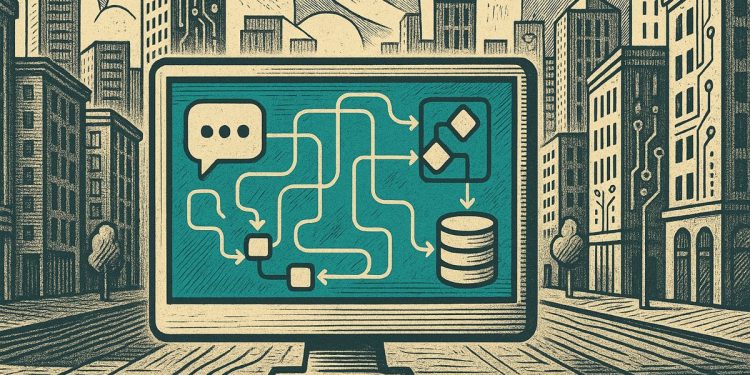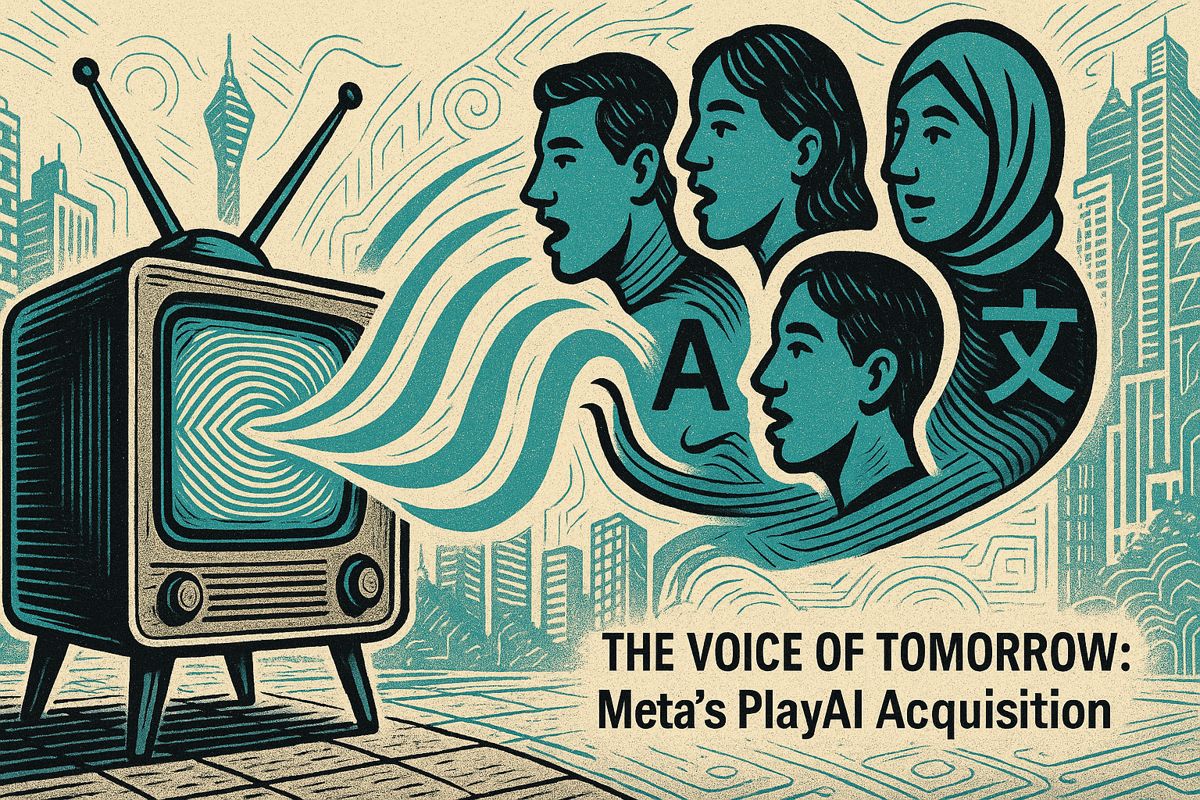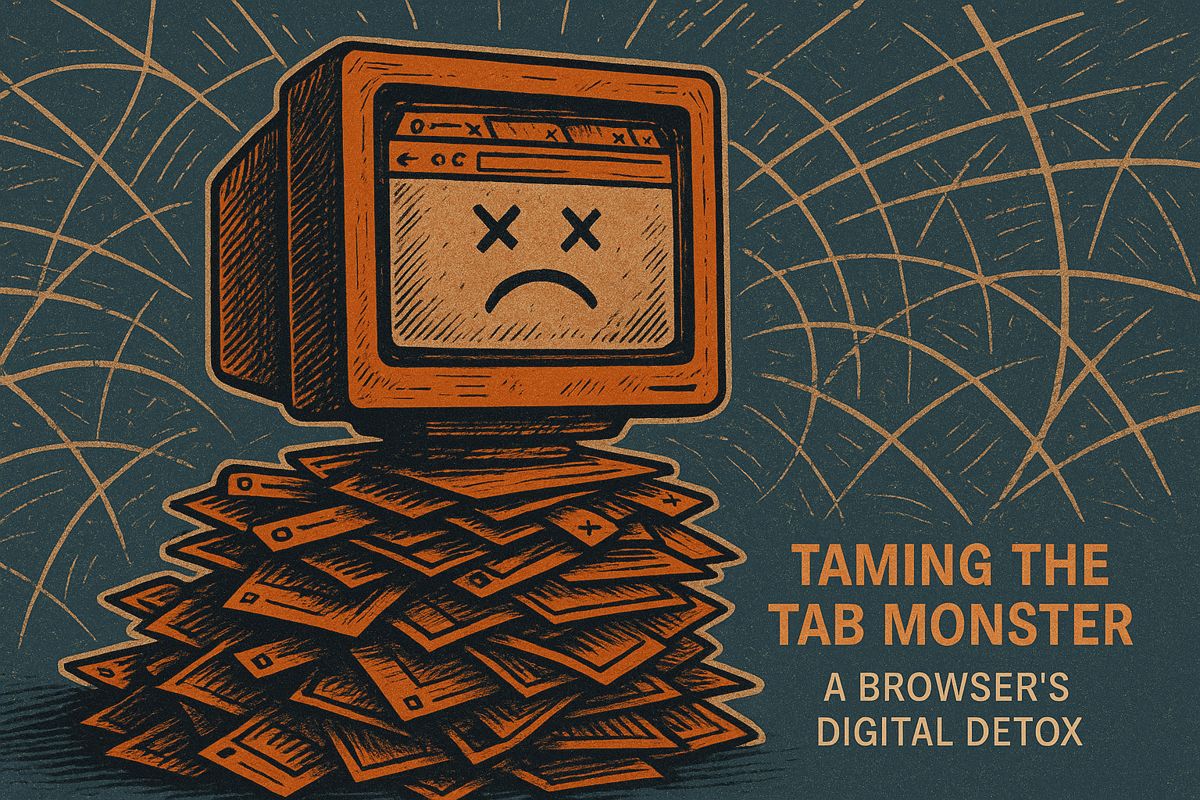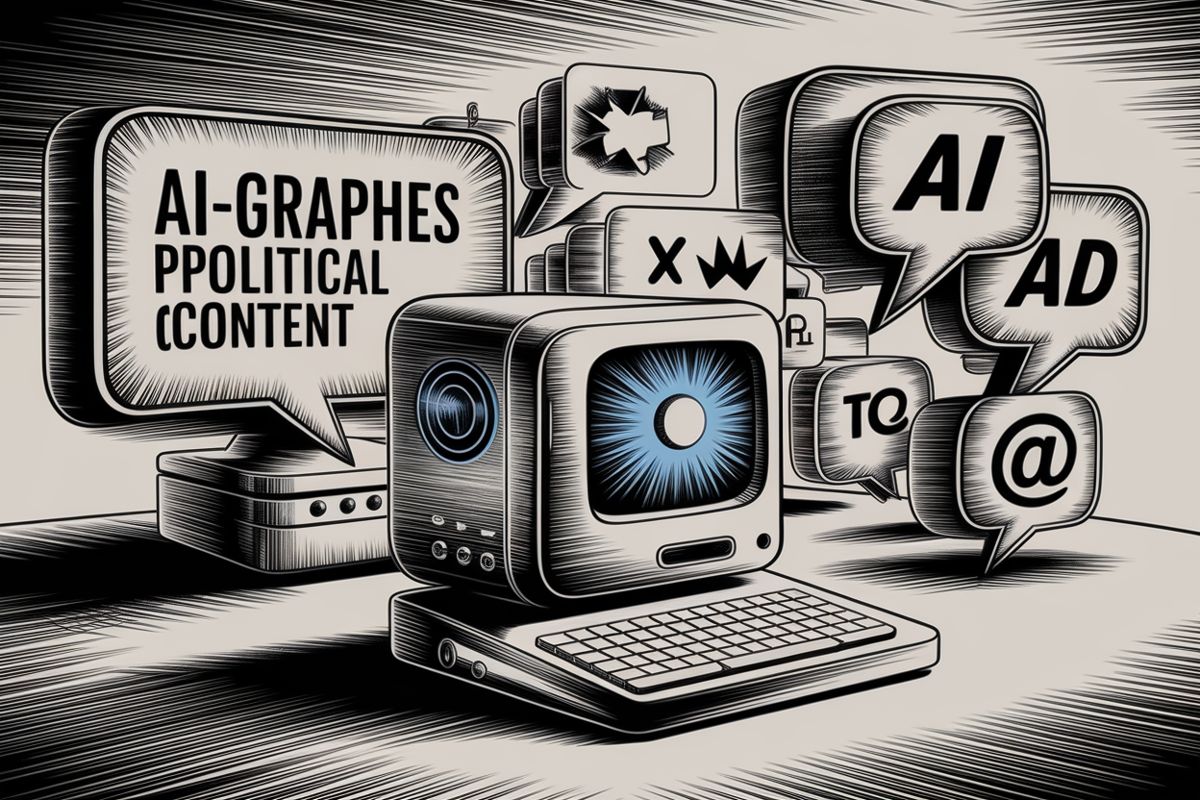Enterprises can quickly build custom AI assistants without coding by following clear steps and using no-code or low-code tools. First, they should pick a specific, measurable task for the assistant to handle, like speeding up invoice matching. Next, they choose easy-to-use platforms and ensure data stays safe and follows rules. By designing strong prompts and testing them, companies can launch a working assistant in just two weeks. These AI helpers boost productivity and save costs, making work faster and easier for everyone.
How can enterprises build a custom AI assistant quickly and without coding?
Enterprises can build a custom AI assistant in weeks using no-code or low-code tools. Steps include defining a measurable workflow, choosing the right tech stack, engineering prompts, ensuring data compliance, and following a two-week sprint plan. This enables rapid deployment and scalability while maintaining security and compliance.
The 2025 Playbook: How to Build a Custom AI Assistant Without Writing Code
Enterprise demand for hyper-personalized* * AI helpers has exploded – the global market for AI assistants is projected to reach $42 billion in 2025 and $139 billion by 2033. Yet most organizations still struggle to move beyond pilot projects. Below is a field-tested, step-by-step workflow that combines the latest no-code/low-code * tools, agentic AI patterns, and regulatory-safe * data practices to ship a production-grade assistant in weeks, not quarters.
Step 1: Define the Job Before the Tool
A McKinsey survey found 82 % of organizations plan to integrate agentic AI within 1–3 years, but only projects tied to a single, measurable workflow succeed. Examples:
- Sales : auto-draft follow-ups after each call
- Support : auto-classify tickets and suggest resolutions
-
Finance : auto-match invoices to purchase orders
-
Template for a “North-Star” statement*
“Reduce average invoice matching time from 12 min to 3 min for the finance team within 90 days.”
Step 2: Pick the Stack – Low-Code or No-Code?
| Layer | Option A (No-Code) | Option B (Low-Code) | When to Use |
|---|---|---|---|
| Orchestration | Zapier Central, Make AI | LangFlow , *Flowise * | Non-tech teams → A; need custom logic → B |
| Model Hosting | OpenAI GPT-4o, Anthropic Claude 3.5 | Azure OpenAI, AWS Bedrock | EU data residency → B (GDPR) |
| Memory & RAG | *Pinecone * serverless vector DB | *Weaviate * self-hosted | >10 k docs → consider B for cost |
| Governance | Tengai Audits plug-in | BigID AI governance toolkit | Regulated industry → mandatory |
Stat : 99 % of new enterprise apps launched in 2025 include AI agents, most via SaaS embeds rather than custom code source.
Step 3: Prompt is the Product – Prompt Engineering 101
Stop treating prompts as strings; treat them as code. Use a template library stored in version control (e.g., Git) with three parts:
- Context injection – always include
{user_role},{company_knowledge_base} - Chain-of-thought guardrails – insert “Explain each step before answering” to boost accuracy ~20 %
- Output schema – enforce JSON with fields
{"summary": "...", "confidence": 0–1}for downstream automation
Test every prompt with a regression suite of 10–50 real examples; iterate weekly.
Step 4: Secure the Data – 2025 Compliance Checklist
| Requirement | EU AI Act (Aug 2025) | New US State Laws | Action |
|---|---|---|---|
| Risk assessment | Mandatory for high-risk systems | Similar via CCPA/CPRA | Document model purpose & data sources |
| Opt-out | Must allow human override | Required in CA, CO | Add “/human” Slack slash command |
| Data minimization | GDPR + AI Act | State laws mirror GDPR | Use BigID to auto-discover & delete stale data |
- Pro tip: Route sensitive data through on-device or local-first processing where possible (e.g., Llama-3-8B quantized* on a Mac Studio) to avoid cross-border transfers.
Step 5: Ship an MVP in Two Weeks – Sprint Plan
- Week 1*
- Day 1: Create no-code flow in Zapier (trigger = new Zendesk ticket)
- Day 2–3: Connect vector store with 200 historical tickets → auto-embeddings
-
Day 4–5: Build prompt template, run 50 QA tests, log latency & accuracy
-
Week 2*
- Day 1–3: A/B test two prompt versions with real agents
- Day 4: Add feedback loop (👍/👎) to retrain via *LangSmith * traces
- Day 5: Deploy to 20 % traffic; monitor cost per resolution vs. baseline
Step 6: Scale Safely – Multi-Agent Architecture
- Super-agent router – decides which micro-agent owns a request
- Shared context bus – all agents read/write to the same vector DB for consistency
- Cost guardrails – auto-switch to cheaper *GPT-4o-mini * if prompt < 500 tokens
Result : Early adopters report 35 % productivity gains and 20–30 % cost cuts at scale collabnix.com.
Quick Reference: Resource Links
- EU AI Act compliance guide – full checklist for August 2025 deadlines
- BigID 2025 privacy regulations map – interactive dashboard for US state laws
- Tengai ethics toolkit – ready-made bias tests for HR and finance use cases
How fast can an enterprise really deploy a no-code AI assistant in 2025?
Timeline benchmarks collected from 500+ recent rollouts
– Proof-of-concept: 5-7 business days
– Pilot with live users: 2-3 weeks
– Production-ready assistant integrated into 3+ enterprise apps: 4-6 weeks
These figures come from a July 2025 survey of teams using low-code platforms such as Microsoft Copilot Studio, Zapier Central, and Make.com. The single biggest accelerator is starting with a narrow, well-defined use-case (expense approvals, HR onboarding questions, or CRM data look-ups) instead of a broad “help me with everything” mandate.
Which no-code stack should we pick if our team has zero developers?
Three stacks dominate 2025 adoption share:
| Stack | Best for | Time-to-first-bot | Typical monthly cost |
|---|---|---|---|
| Microsoft Copilot Studio | M365-heavy orgs | 2-3 days | $200-2 k |
| Zapier Central | SaaS-heavy stacks | 1-2 days | $49-599 |
| Amazon Q Business (no-code mode) | AWS shops | 3-4 days | $20-240 |
Start with whichever platform already holds your company’s identity provider, documents, or CRM data – it removes 60-70 % of integration work, according to vendor telemetry released in May 2025.
How do we keep sensitive data inside our walls without slowing delivery?
Zero-trust checklist used by the fastest-moving teams:
- Private knowledge bases – upload PDFs, spreadsheets, and tickets to a container that never leaves your Azure/AWS tenant.
- Role-based data scopes – one click lets the assistant see only what a given user already has permission to view.
- Local LLM fallback – if the query contains PII keywords, route to an on-device model (e.g., GPT-4o-mini-secure) instead of the cloud.
These controls are now checkbox features inside Copilot Studio and Amazon Q Business as of the July 2025 updates, so implementation adds hours, not weeks.
What does “agentic” actually mean for day-to-day users?
Real example from a 400-person logistics firm (deployed May 2025):
- Before: Customer-service reps opened four tabs to track shipment status, send ETA emails, and log exceptions.
- After: One Slack message to the AI assistant triggers an agent that (a) queries the TMS, (b) drafts the customer email, and (c) creates the CRM ticket – all without human clicks.
- Result: Average handle time dropped 38 %, CSAT rose 12 pts within six weeks.
Agentic = the assistant acts with a goal, not just responds with text.
How do we measure ROI without waiting a full quarter?
Use the “30-60-90” sprint metric gaining traction in 2025:
- Day 30: Count queries answered without human hand-off (target >70 %).
- Day 60: Track FTE hours saved via time-tracking plug-ins (Google Workspace and Outlook both ship this now).
- Day 90: Compare error rate of AI answers vs. human baseline (a 5 % or lower gap is considered production-grade).
Organizations hitting all three gates in the 90-day window recoup licensing costs in an average of 4.8 months, per a July 2025 Gmelius benchmark of 312 rollouts.



















